
 en
en  Español
Español  中國人
中國人  Tiếng Việt
Tiếng Việt  Deutsch
Deutsch  Українська
Українська  Português
Português  Français
Français  भारतीय
भारतीय  Türkçe
Türkçe  한국인
한국인  Italiano
Italiano  Gaeilge
Gaeilge  اردو
اردو  Indonesia
Indonesia  Polski
Polski Proxies serve as a gateway toward restricted resources. When it comes to managing networks, knowing how to test the speed and performance of them is crucial. This comprehensive guide goes into detail through the process of proxy ping measuring which facilitates users to evaluate the speed, stability, and performance of it without offering any sophisticated technical expertise.
To start off, let’s answer the question: what is proxy ping? It refers to the time it would take for data to travel to the intended server or resource and return back. Normally it is measured in RTC or round-trip time. In terms of speed, it is measured in milliseconds (ms) with lower ms being better.
Such a process can seem complex, but it can be simplified with the right tools and approach. We're gonna show you in detail different methods, one involves setting up the whole system and the second one is for just the browser.
So let’s start with how to ping proxy servers using the command line. This approach allows you to view more sophisticated details about your connections. First and foremost, you need to set up a system-wide setup. For this you can use the Proxifier app, here you can find setup guide.
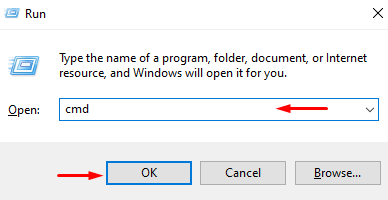

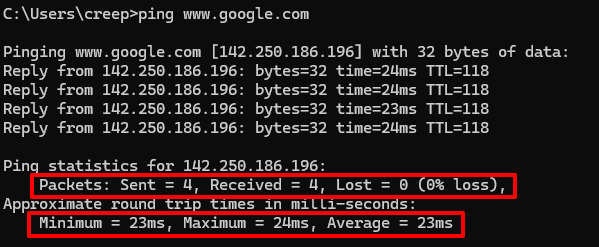
If you notice packet loss from the proxy ping statistics or round-trip is too high, the connection is not ideal and needs upgrading. 110 ms or more is considered a high value and is not suited for gamers, or anyone else who spends a lot of time online.
You can also check your internet connection speed using an online testing service. First, you need to set up a proxy for the browser or just use the previous method with Proxifier, it can also be used for specific browser setup. In case it doesn’t work for you, it’s recommended to use extensions, there are a lot of them, and they are working pretty the same way. Here you can find TOP of them and choose one.

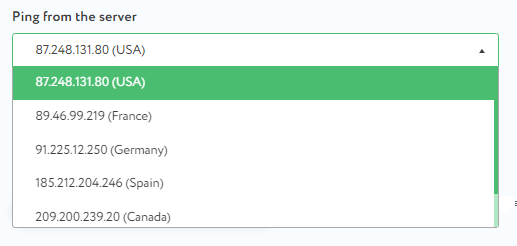
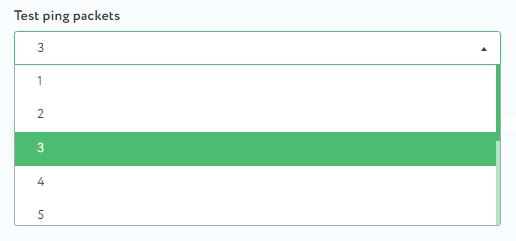
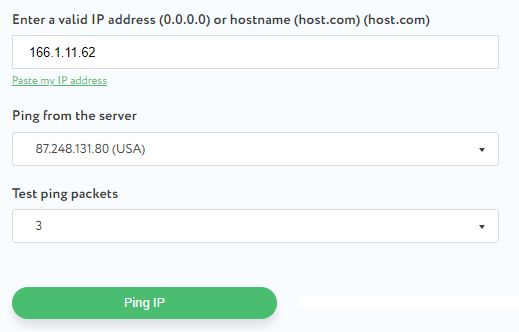
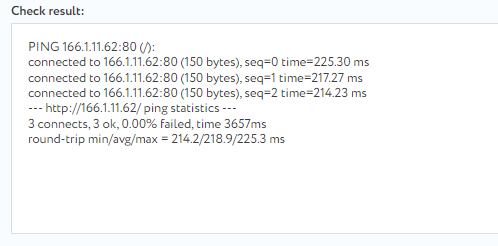
In order to evaluate the effectiveness of the new connection, check your home IP address and the new IP address. Generally, using them improves response times by decreasing pings because the signal is sent through more dependable networks.
Issues significantly affect user experience, which is why they are best checked for high latency and slow speed at all times. These problems can interfere with browsing, gaming, or even video conferencing which require incredibly low latency. Here is why you need to check ping, proxy speed and a little advice on how to improve it.
Proxy ping time is a critical metric for assessing the efficiency of a server. To manage and improve it, consider these focused strategies:
These suggestions, if implemented, can increase the caching efficiency of your server making it more responsive.
In case you experience latency or jitter with a server, the following suggestions should help you improve the quality overall:
These steps can significantly reduce ping with proxy and jitter, allowing you to connect through your server more effectively and effortlessly.
There are a lot of different web tools nowadays. When it comes to monitoring and diagnosing performance, certain ones stand out.
For categories of users like gamers, optimizing ping is crucial. One way to achieve this is by using traffic routing services to enhance the gaming connection. Previously, such services were provided by platforms like “Kill Ping Proxy Server”, but it is no longer operational. Overall, a more reliable approach is to comprehensively assess the network's condition yourself. Below is a list of tools to help you with this.
You’ll need powerful analytic tools for proxy effectiveness which are critical to big businesses that own numerous of them. They assist in identifying low latency proxies by monitoring latency.
All of the specified above solutions have distinct features that satisfy different requirements ranging from real-time analytics to advanced traffic analysis while addressing the needs of effective network management.
Tracking your ping of proxy and speed on a regular basis can circumvent potential issues beforehand, ensuring your network runs smoothly. Moreover, adjusting the configuration, location selection, and incorporating sophisticated monitoring and troubleshooting programs aids in maintaining an optimal proxy balance. Regular performance monitoring and modification of the network system is essential in enhancing network efficiency – letting users have fast and seamless online experiences.
Comments: 0